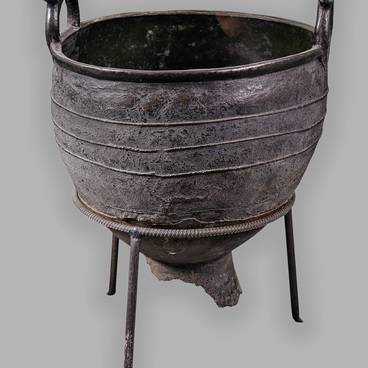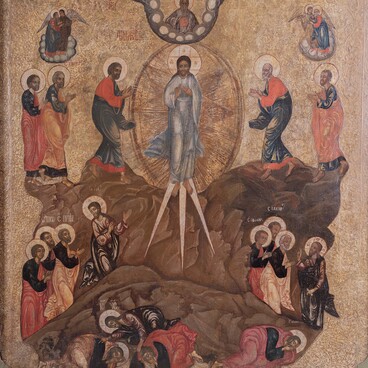St. Basil of Mangazeya is the first Siberian saint of the Russian Orthodox Church. He is known for his hagiography, which has been preserved in five editions. The oldest of them was written in 1670–1676 with the participation of Hieromonk Tikhon, who transferred Basil’s relics to the Turukhansky monastery.
According to the hagiography of the saint, he was the son of a Yaroslavl merchant, Fyodor, who sent his young son Vasily to work for a rich merchant. The latter traded in Mangazeya, the first Russian city beyond the Arctic Circle in Siberia. Built on the Taz River, Mangazeya became the center of fur trade: merchants came to the city to buy furs and sell them at a high price in the European part of Russia. Fur was referred to as “soft gold” in the 17th century; it was a valuable export commodity and was a substitute for money.
Vasily lived in Mangazeya and worked in a merchant’s shop. He was a very devout boy who never missed a church service, which the thieves took advantage of. They robbed the shop while Vasily was praying in the temple. The merchant accused the young boy of conspiring with the criminals, for which the voivode Savluk Pushkin subjected Vasily to cruel torture.
One version of the hagiography says that Vasily died of torture, while the other says that the voivode killed him with a blow on the temple. The young man was buried near the local government office. The road in those places was often washed out, and it was paved with planks. Half a century later, one of the boards split, and the coffin lid appeared from under it. People began to associate with it various miracles: healings, rescue of the lost, omens. The place of Vasily’s burial was fenced off, and then a chapel was built on it.
St. Basil of Mangazeya began to be venerated in Siberia, despite Moscow’s refusal to officially canonize him as a saint. In 1670, the relics of the Siberian martyr were transported from the deserted Mangazeya to the Turukhansky monastery on the banks of the Yenisey. St. Basil of Mangazeya was revered as the patron saint of hunters and fishermen not only by the Russian population, but also by the indigenous Evenki people.
Throughout the 19th century, icons of St. Basil of
Mangazeya were painted in Siberia, and he was often depicted as standing before
a voivode. In 1893 a new petition for the canonization of the saint was sent to
the Synod. Having studied the records of history and miracles associated with
St. Basil of Mangazeya, the Synod included his name in the Orthodox calendar.


